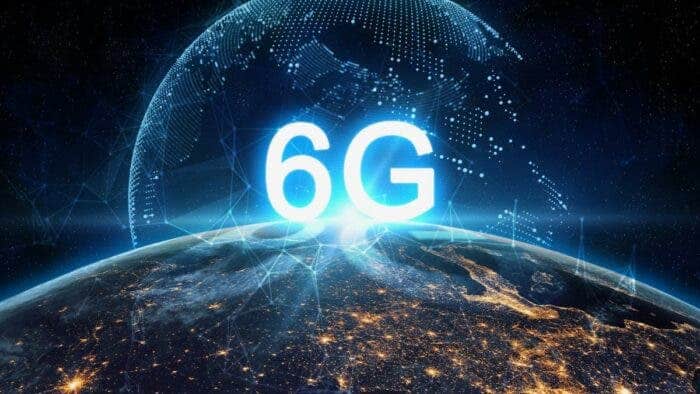In an effort to gain early access to the future, South Korea’s Ministry of Info and Communication Tech announced on Monday that the country intends to debut the sixth-gen network service (6G network) in 2028. This is two years earlier than the initial plan. It appears that the country is seeking to create a wireless frequency dominance. According to the Ministry of Science and ICT, the South Korean gov will progress with the debut of 6G network services under the K-Network 2030 plan by securing top-tier 6G tech. It will also develop a software based next-gen mobile networks and bolster network supply chains.
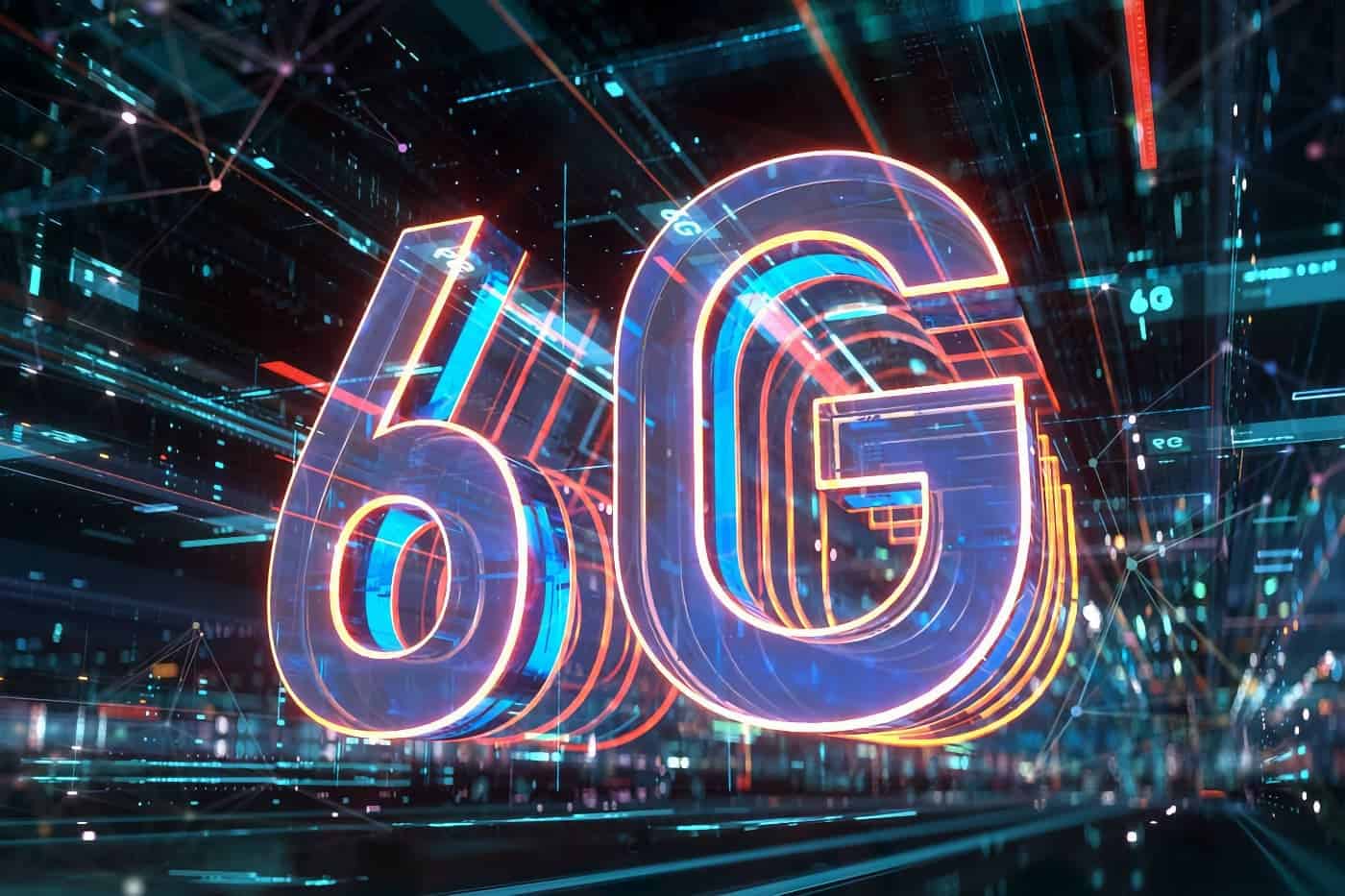
The South Korean gov will also support the domestic production of materials, equipment, and components for 6G tech. Also, it will ensure the dev of an open radio access network (or RAN) that is compatible with all mobile devices. This will allow mobile operators and business owners to offer flexible services. According to the ministry, a feasibility study is presently being conducted for a 6G core technology research and development initiative valued at 625.3 billion won ($482 million).
In order to satisfy the demand for faster and lower-latency wireless communications after the 5G network race, the advanced project hopes to assist the nation in staying ahead of the global competition for future network infrastructure.
South Korea’s 6G network will follow its 5G lead
South Korea was one of the first countries to launch the 5G network. It appears that for the 6G network, the country will do the same. According to German analytics company IPlytics, South Korea is the leading 5G dev with a large number of 5G patents. In the past, the U.S. and Europe had a total control of 4G tech. Just behind market winner China, which had 26.8% of all 5G patents last year, was Asia’s fourth-largest country (South Korea) with 25.9%. In the coming 6G network patent battle, the South Korean gov. has stated that it hopes to increase that 6G patent to 30% or higher.
The sixth-gen mobile communication standard, or 6G network, is also known as the 6G mobile communication system. The growth of of this network services will mostly be in IoT (Internet of Things). The 6G network is still being developed. When related to 5G, 6G’s transfer capacity may be 100 times greater. Also, the network latency may drop from milliseconds to microseconds.
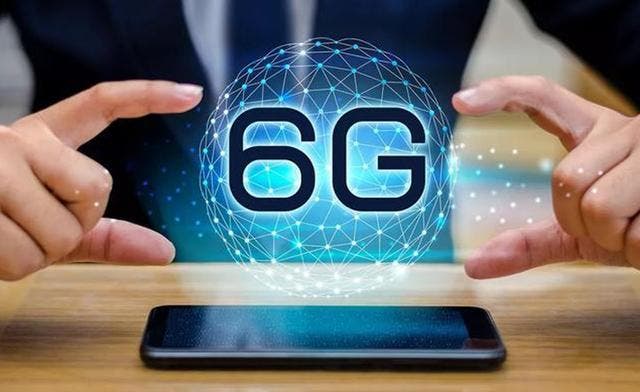
6G network will offer more than speed enhancement – Ericsson
During the World 5G Conference, Zhang Yongtao, deputy general manager of Ericsson China Technology Department, said in an interview that the upcoming 6G network is not a simple speed enhancement. He claims that the 6G network will build a unity of virtual and reality. Furthermore, he believes that holographic communication will move from science fiction to reality, and will explode in the future.
As the large-scale development of 5G in China continues, the 6G network has also become a hot topic in the industry. At the communication meeting, Ericsson released the “Innovation and Vision Report” and proposed four scenarios for 2030. The four scenarios include the Internet, connected intelligence, digital programmable physical world, and sustainable world interconnection. The supporting technologies behind them include infinite connections, trusted systems, cognitive networks and computing power.
He said that in the future all machines will be interconnected, in which case we can produce a mirror image of the digital world in the physical world. Based on this, Ericsson put forward its views on the 6G network. The company reiterates that the 6G network is not a simple speed enhancement, it will build a unity of virtual and reality. The physical world has perception, action, and experience. All of these can be virtualized and programmed in the digital world. Furthermore, changes in the physical world are synchronizable with changes in the digital world.
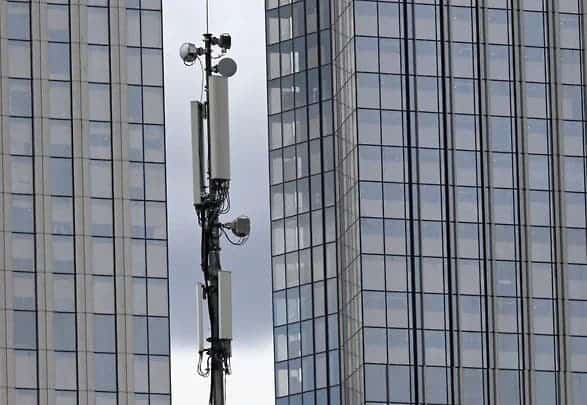
6G network will build a unity of virtual and reality
It is possible to transfer a sizable number of data sources from the real world to the digital world and evaluate the latter. The outcomes of simulation can be applied in the actual world using a variety of tools. By doing so, we can simulate the future and track and evaluate the past. Ericsson unveiled six invention areas based on some of these ideas. Digital twins, holographic contact, blended learning, immersive experiences, net zero pollution, as well as technical innovation, are some of the innovation fields.
One of them, Zhang Yongtao, is sure that hologram contact is now more real. Using a camera with lidar, a 3D detection function, and linking AR glasses via a mobile phone to create a holographic picture effect. He shows that Ericsson’s internal innovation project has created a relatively basic holographic communication.
“This method actually makes holographic communication go from science fiction to reality. This use case already has the ability to be quasi-commercial.” Zhang Yongtao claims that in the next stage, applications such as AR and holographic communication will be more lucrative.
The idea is lovely, but in order to make it a reality, network powers must slowly increase. Zhang Yongtao offers a brief of strategies for network dev in the coming ten years. These methods include a strong basis and practical research. The realistic study involves looking into key tech areas while reaching consensus and compatibility in future research, as opposed to a firm basis, which involves providing solutions to address short-term issues while setting the groundwork for the future.
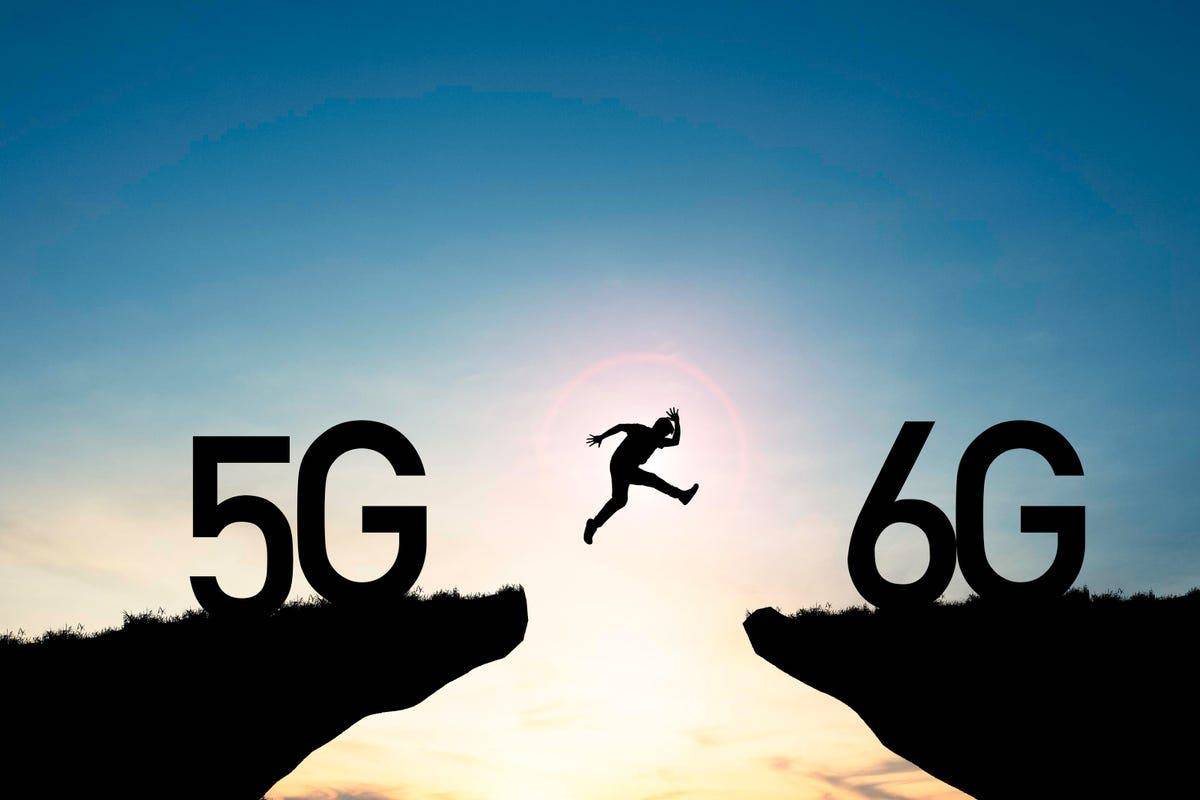
5G development is far from over – Ericsson
He points out that the fact that many of 5G’s aspects are still being explored. This means that the focus must include all parts of network building. Ericsson, in particular, thinks there is still a lot of room for growth in the 5G spending rhythm. In addition, from external sources provided by the Institute of Information and Communications Technology, there will be 3.6 million more 5G base stations by 2025.
“Many 5G network capabilities that I see today are slowly emerging. Let’s not mention the metaverse and digital twins, just relying on XR, including holographic communication. If there are expansions, then the demand for network traffic and the demand for network capacity will increase significantly. This means that tens of thousands of base stations can not be enough.” Zhang Yongtao said.

